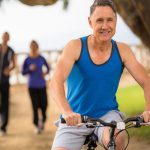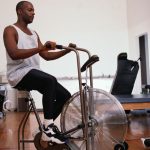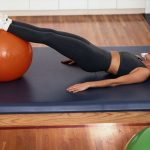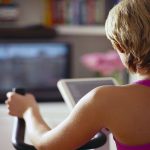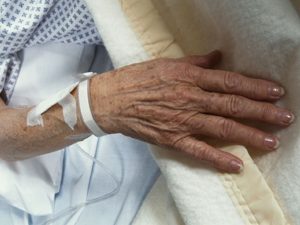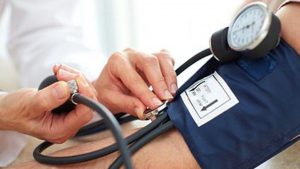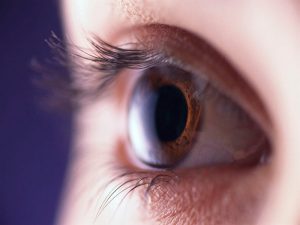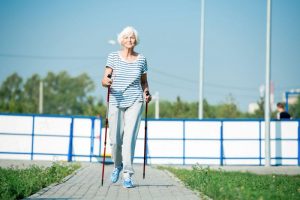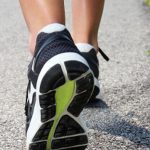
If you’ve vowed to be more active this year, be sure you have proper athletic shoes, a doctor suggests. “The right shoe is important for a runner as much as a good tennis racket is important for a tennis player,” said Dr. Ronald Lepow. He is an assistant professor in the department of orthopedic surgery at Baylor College of Medicine, in Houston. You don’t have to spend hundreds to get good athletic shoes, but you do need shoes that match your level and type of activity, Lepow added. For example, a training flat provides more protection and is a good choice for weekenders or those doing moderate exercise. Running shoes have added support and cushioning, and are good on tracks and for races. Training shoes tend to be more flexible, permit a wide range of movement, and are good to wear in the gym, according to Lepow. He said that athletic shoes should be a half size or full size larger than your regular shoe size. There should be a thumb nail’s distance between the end of your big toe and the end of the shoe, which can be checked when you’re standing with the shoes on and laced up. Wearing the wrong type of shoe can lead to injury, pain and discomfort after exercise. Back or hip pain, shin splints or cramps could be… read on >











